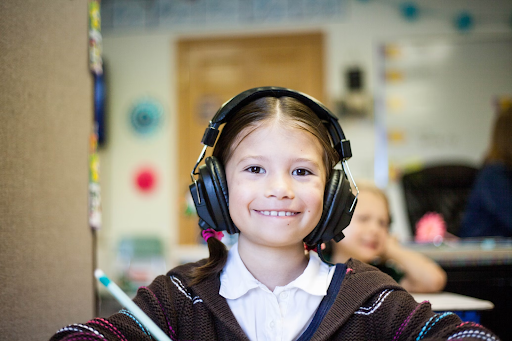How to Develop a Comprehensive Music Program in Educational Institutions
How to Develop a Comprehensive Music Program in Educational Institutions
Developing a comprehensive music program in educational institutions requires careful planning, coordination, and commitment to providing students with a well-rounded musical education. By incorporating critical components into the curriculum and extracurricular activities, schools can create a vibrant, enriching, harmonious environment for students. Here are the essential steps to developing a comprehensive music program.
Curriculum Design
Begin by designing a curriculum encompassing various musical elements, including music theory, history, performance, composition, and ensemble participation. Ensure that the curriculum aligns with national and state music education standards while allowing flexibility for student interests and abilities. Incorporate sequential learning objectives and assessment tools to track student progress and ensure accountability.
Once you’ve established the curriculum, you must provide students with interactive lessons, practical exercises, and collaborative projects to reinforce learning and foster a deeper understanding of musical concepts. Students wondering, “Who can write my dissertation?” can manage their academic workload effectively with professional academic writing services. This holistic approach ensures that students excel academically and musically throughout their educational journey.
Qualified Faculty
Hire qualified and experienced music educators passionate about teaching and fostering a love for music in students. Faculty members should possess expertise in their respective areas of specialization, whether it’s instrumental instruction, vocal coaching, music technology, or conducting. Provide opportunities for professional development and collaboration to enhance faculty expertise and effectiveness in delivering instruction.
Instrumental and Vocal Instruction
Offer comprehensive instrumental and vocal instruction to students at all skill levels. Provide opportunities for individual and group lessons, ensemble rehearsals, and performances. Ensure access to various instruments and resources to accommodate diverse musical interests and abilities. Foster a supportive and inclusive learning environment where students can develop their musical talents and express themselves creatively.
Performance Opportunities
Create regular performance opportunities for students to showcase their musical skills and accomplishments. Organize concerts, recitals, festivals, and competitions within the school and the broader community. Encourage participation in solo and ensemble performances, chamber music groups, and large ensembles such as bands, orchestras, and choirs. Performance experiences build confidence and stage presence and foster a sense of pride and achievement in students.
Music Technology Integration
Integrate music technology into the curriculum to enhance student learning and creativity. Provide access to computer labs, software programs, digital recording equipment, and electronic instruments. Teach students how to use technology for music composition, production, recording, and editing. Explore innovative tools and platforms facilitating collaborative music-making and interdisciplinary connections with other subjects.
Community Engagement
Foster partnerships and collaborations with local music organizations, professional musicians, cultural institutions, and community leaders. Invite guest artists, composers, conductors, and music educators to conduct workshops, masterclasses, and clinics. Arrange field trips to concerts, rehearsals, music festivals, and music-related events to expose students to diverse musical genres, traditions, and career pathways. Engaging with the broader community enriches students’ musical experiences and expands their horizons.
Supportive Resources and Facilities
Provide access to quality resources and facilities to support student learning and musical activities. Invest in well-equipped rehearsal spaces, practice rooms, performance venues, music libraries, and instrument storage facilities. Ensure that instruments are properly maintained and updated regularly to meet student needs. Seek funding opportunities, grants, and donations to supplement budgetary constraints and enhance program offerings.
Conclusion
Developing a comprehensive music program in educational institutions requires careful planning, dedicated faculty, diverse instructional opportunities, ample performance experiences, technology integration, community engagement, and supportive resources. Schools can cultivate a nurturing and inspiring environment where students can explore, learn, and excel in their musical journey by prioritizing these critical components and fostering a culture of musical excellence.
Photo Credit: Unsplash
